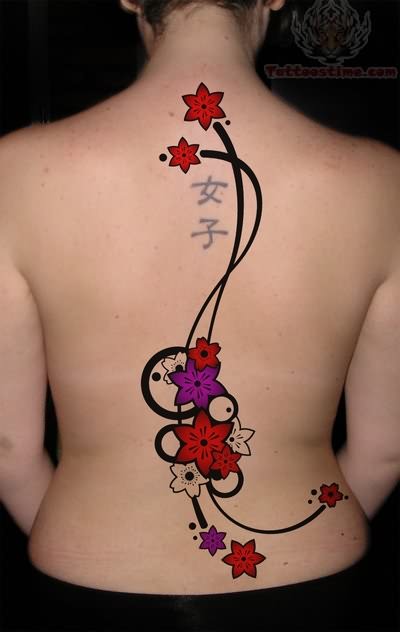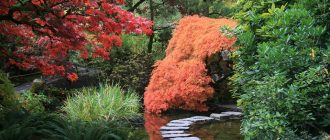Interested in tattoo designs from Japan? Get the vital information on Japanese style tattoos and their origins.
The rise of the art of tattooing in Japan is directly linked with the rise in the power of the working classes and common people in Japan. This came about towards the latter half of 18th century during the Edo period.
The tattoo designs during those times were adapted from the traditional Japanese woodcuts, picture books and water color paintings. The Japanese subjects would undergo immense pain while being tattooed with the end result of having a beautiful piece of art stamped on their body for life. Japanese tattoo art has continued to experience unprecedented success and is a widely practiced art form today.
With the degeneration of the feudal system towards the end of the Edo period arose the common people with their own culture. This class of commoners shunned the traditional code of ethics and morality and began to go for anything that they felt was right. Tattoo art thus served as a medium of cultural expression for this new class of people.
In the initial years tattoos based on folklores gained currency with the Japanese people. Typical traditional Japanese tattoo art would feature images of dragons, Chinese lions, giant snakes and other various religious figures. The images of Buddha, the god of fire, the gods of lightening and wind were common. The tattoo artists would make use of sharp needles by which they would suppress charcoal ink underneath the layer of skin.
Horimino Japanese Tattoos
The tattoo artists of the time were actually woodblock artists who had exchanged their short wood carving blades for longer needles. With the passage of time tattoo art became a specialized field with specialized tattoo artists. The art form that came into existence through this process is known as horimino, which is the traditional Japanese name for tattoo art.
The earliest traces of gatherings of tattoo enthusiasts date back to 1830. Tattoo conventions are a common sight today in the West but Japan had been hosting these conventions more than a century and a half ago. This indicates the long and rich history that the Japanese art of tattooing has.
Today you will be able to find the collection of tattoo designs that were popular during the Edo, Shohwa and Meiji era in Japan. The classic book known as Bunshin Hyakushi which was compiled in 1936 consists of the various tattoo designs of the years gone by. Another important book that showcases the traditional tattoos of Japan is One Hundred Tattoo Figures and Stories.
The book covers the life and works of some of the most well renowned Japanese tattoo artists of the Edo period. This was a time when the tattoo craze was really taking over the minds and lives of the Japanese people.
The perception of the Japanese regarding the art of tattooing has changed over time. In the initial years the art of tattooing was not considered to be a noble practice. Rather it was something that had a negative connotation associated with it. Today however tattoos are taken as a means of making a fashion statement by people in many countries of the world. The conservative Japanese families however still seem to have the same perception.





